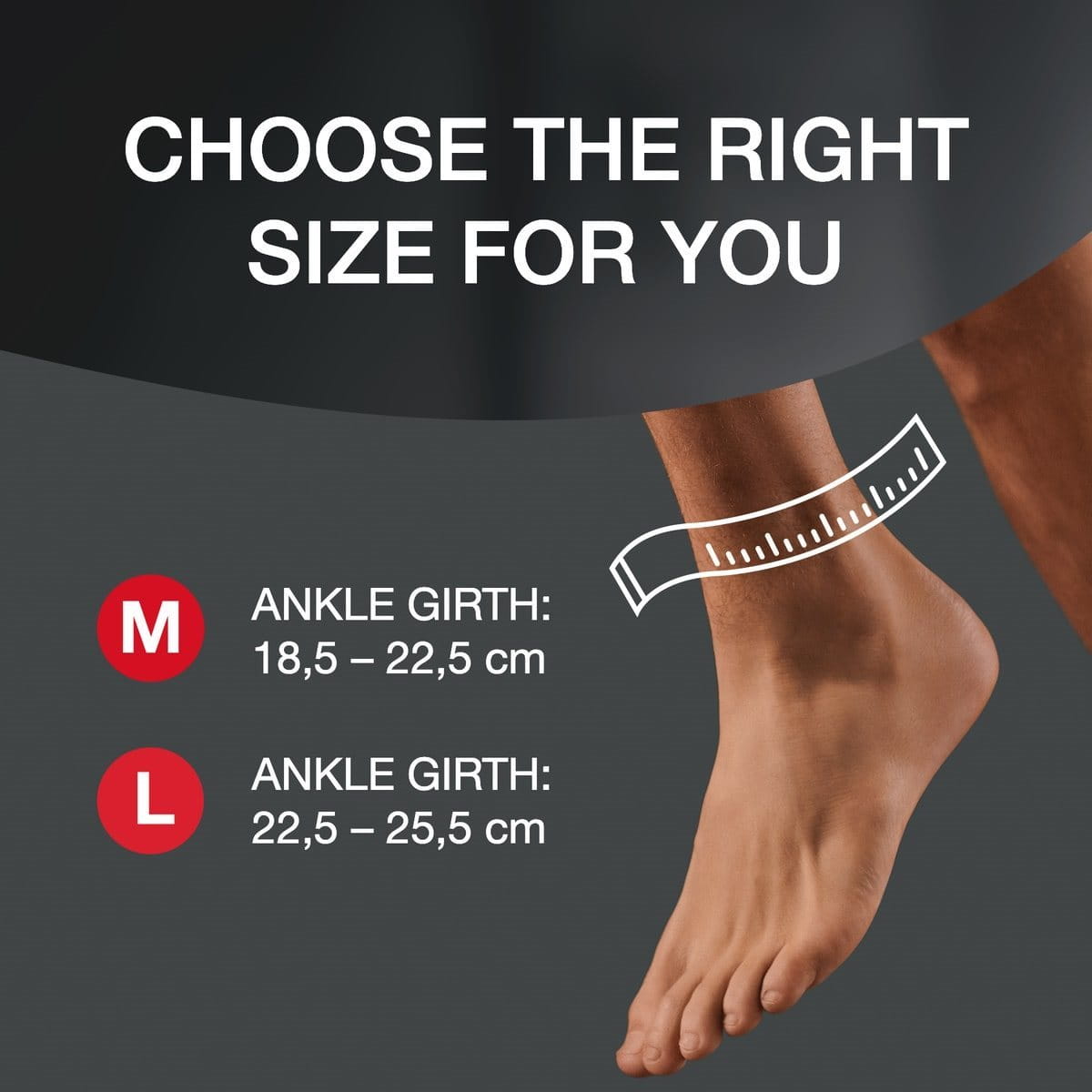'Standing on your own feet' could not have been possible if the human anatomy did not have an ankle. This small part of our body is probably the most overused and under-cared. It is time for us to understand this joint and give it the right protection since that keeps you standing.
A short picture of the ankle’s anatomy shows us that this hinge joint is made of the upper and lower tarsal. This allows us the normal foot movement. It has four ligaments and three primary bones, the fibula, talus, and tibia, that make up this joint. The tendons of the ankle, the capsule, and supporting muscles form the basic construction of the ankle.
Coming to the point, what is imperative and inevitable is the injury to the ankle, considering the load it bears. Be it age or athletics, or merely a bad walking posture can put undue pressure on this joint and cause severe complications or injuries.
The most common ankle injuries include structural misalignment, sprains, torn ligaments, fractures or tendonitis, and other soft tissue injuries. This is where ankle braces come in as the ultimate saviour. Whatever the doctor’s treatment or physiotherapy, the ankle brace is always part of the therapy. It is highly recommended to protect the ankle from further damage and disintegration.



